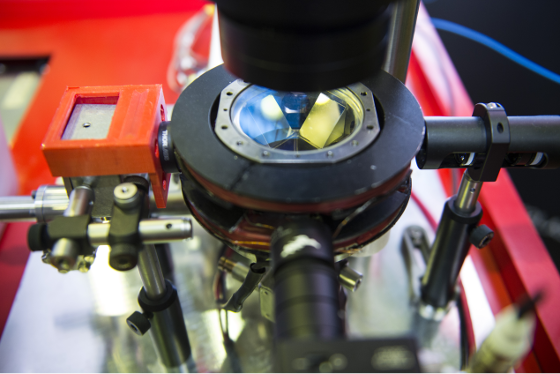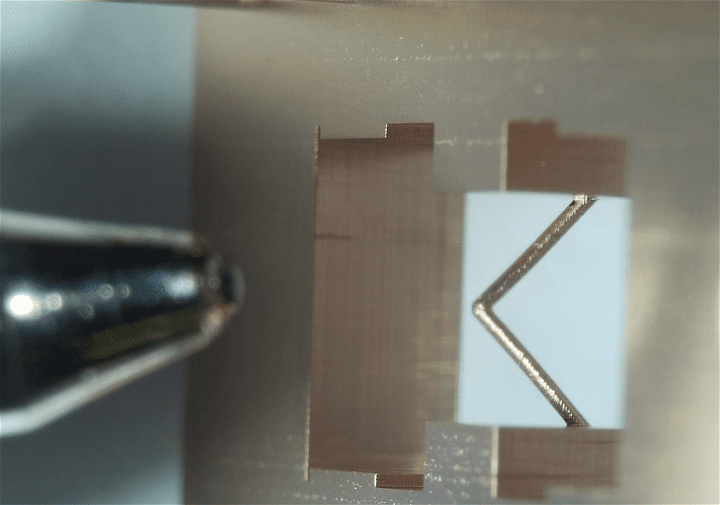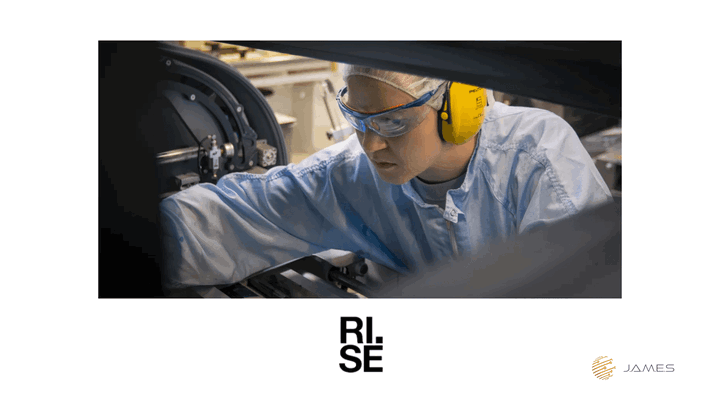Breakthrough 3D Printing Technique For Quantum Sensors

The principles of quantum mechanics allow researchers to detect and measure extremely small changes in magnetic fields, temperature, and other environmental conditions. However, in most cases, quantum sensors cannot function outside of controlled lab conditions and cryogenic temperatures. Although they are powerful and have far-reaching use cases, their practical application is limited. That is, until recently when a team out of Berkeley created a unique 3D printing technology specifically for quantum sensors.
Here's what's new in additive manufacturing for quantum devices.
How the New Technology Works
Researchers created an advanced additive manufacturing process that could handle the highly complex, customisable structures needed to house and protect quantum sensing elements. This includes diamonds with nitrogen-vacancy (NV) centres. Sensors produced using this new technique can operate reliably at ambient room temperature, opening the doors to many applications where pristine conditions are not possible.
So, how does it work?
First, we need to understand NV centres. These exist in diamonds with atomic defects. One carbon atom in the diamond is replaced by a nitrogen atom. This leaves an adjacent spot empty. The quantum properties of this vacant spot are what's important—at room temperature, they retain quantum coherence. In other words, they maintain a stable state without extreme cooling. This makes them a practical alternative for real-world use cases.
The newly developed 3D printing technique arranges NV centres into precise 3D architectures. Manufacturers can produce customised quantum sensing particles at scale—without compromising quality or functionality.
Benefits Over Traditional Manufacturing Techniques
This new 3D printing technique produces quantum sensors that offer several advantages:
- NV centre-based devices can function at room temperature. Traditionally produced quantum sensors require extensive, costly, and cumbersome cooling systems, so they are not a practical solution outside of controlled lab environments.
- One of the big drawcards of additive manufacturing is its nanometer-scale precision. This is critical in the quantum mechanics sphere, where the smallest of imperfections lead to inaccurate measurements.
- Different industries need quantum sensors with different properties. 3D printing enables manufacturers to meet the unique demands of diverse fields with materials with custom-made mechanical and optical properties.
Applications and Implications
Quantum sensing is an incredible technology with implications across several industries.
In materials science and biological imaging, for example, sensors with NV centres embedded within 3D structures could enable a more in-depth analysis of microenvironments in samples. Sensors could also be integrated into cellular scaffolding, which would enable next-generation medical imaging and more accurate diagnostics.
In addition, quantum sensors can now be embedded directly into microfluidic chips and semiconductor devices. This could result in advances in environmental monitoring, where real-time environmental changes like pollution levels could be detected with extreme precision.
What's Next?
3D printing is lower-cost, produces less wastage, and enables both scalability and customisation. In light of these benefits, 3D-printed quantum sensing technology will democratise access by cutting costs and simplifying operational requirements. Looking ahead, the technology may become more widespread.
What's more, the team that developed the new manufacturing technique have plans to continue their research and explore additional applications. They are particularly interested in uncovering innovations in integrated circuits, biological systems, and advanced materials.
References:
- https://engineering.berkeley.edu/news/2023/10/researchers-demonstrate-new-3d-printing-technique-for-quantum-sensors/
- https://www.csiro.au/en/news/all/articles/2024/june/quantum-sensing
- https://pme.uchicago.edu/awschalom-group/nitrogen-vacancy-center-diamond
- https://www.nature.com/articles/s42254-023-00558-3
- https://pmc.ncbi.nlm.nih.gov/articles/PMC9896461/
- https://www.researchgate.net/publication/363332405_Microfluidic_quantum_sensing_platform_for_lab-on-a-chip_applications
- Image via https://commons.wikimedia.org/wiki/File:Atom_interferometer.jpg
Related Articles

Horizon Adds Metal Coatings To Its Portfolio Of 3D Microfabrication Technologies

HYMAG'In - Advanced Magnetic Materials For Next-gen Electronics





